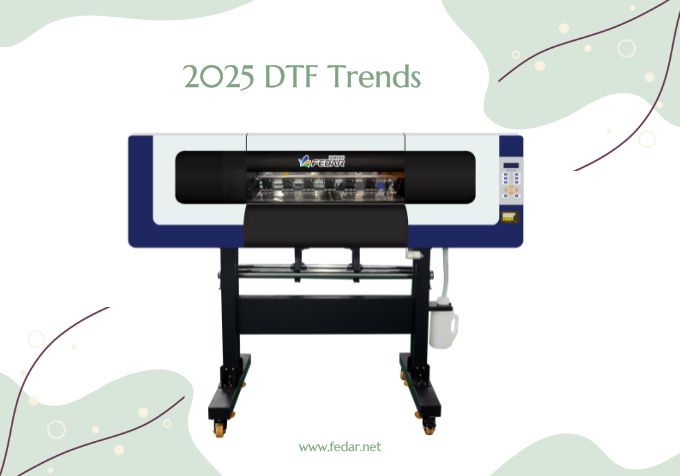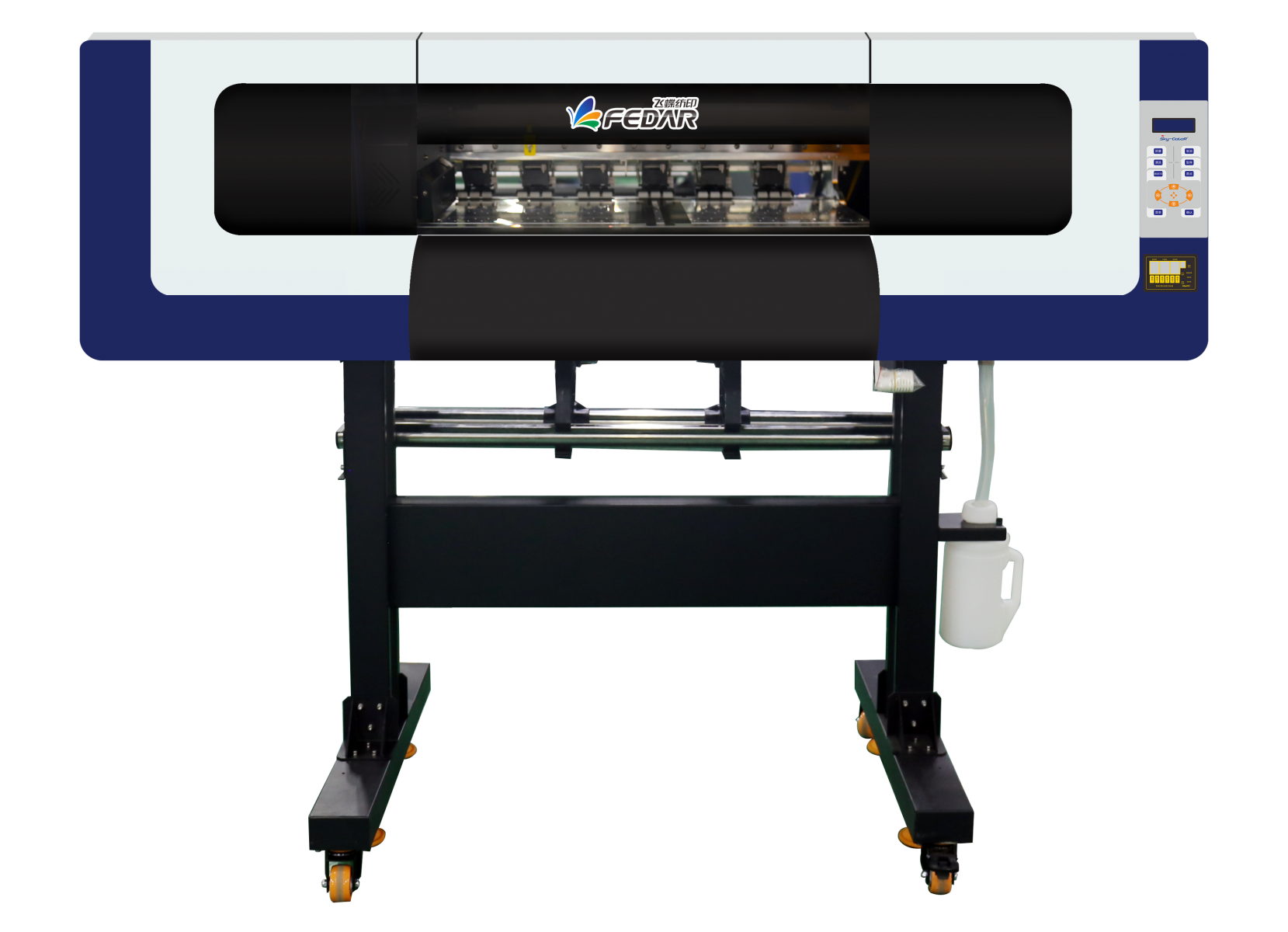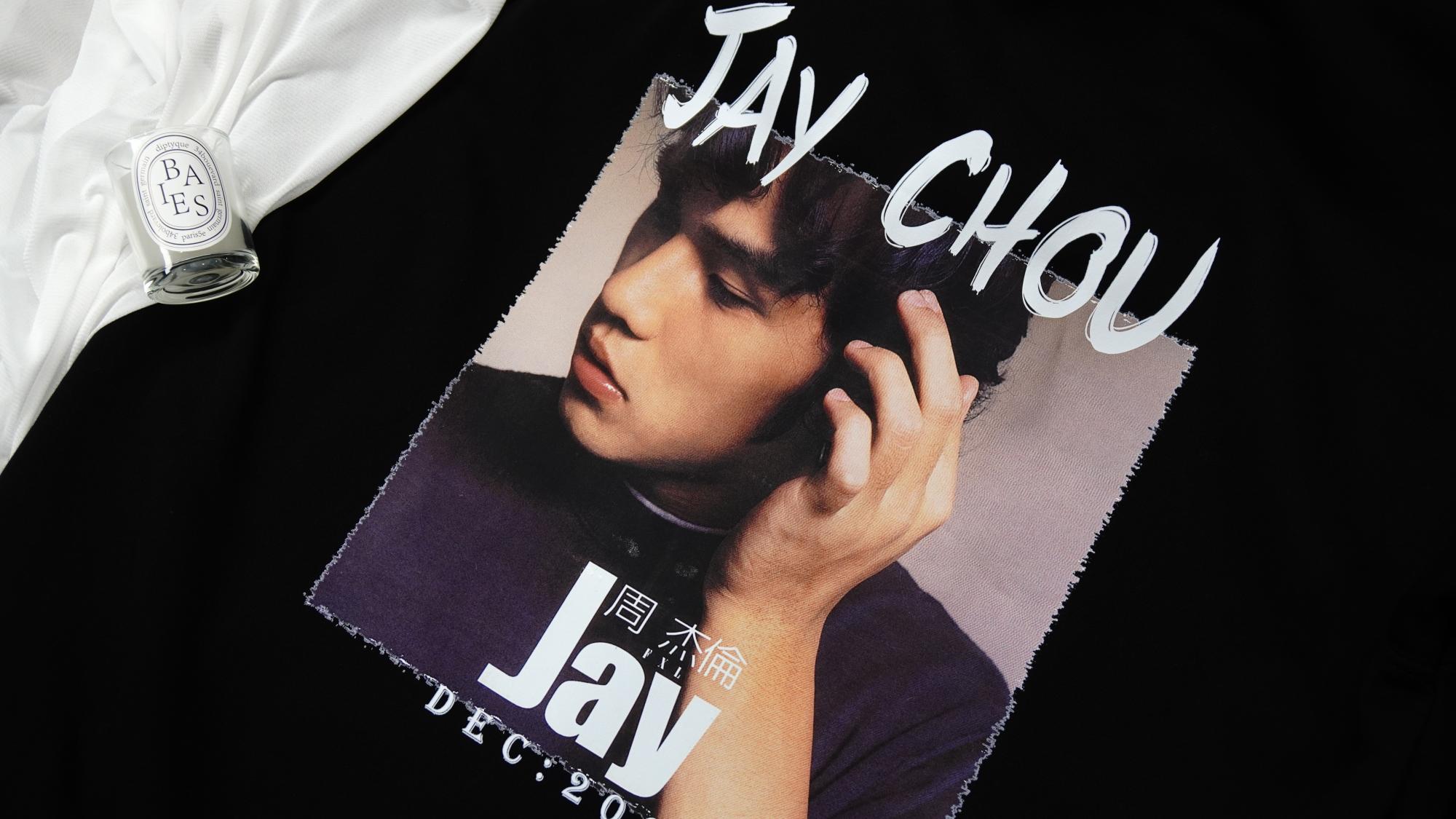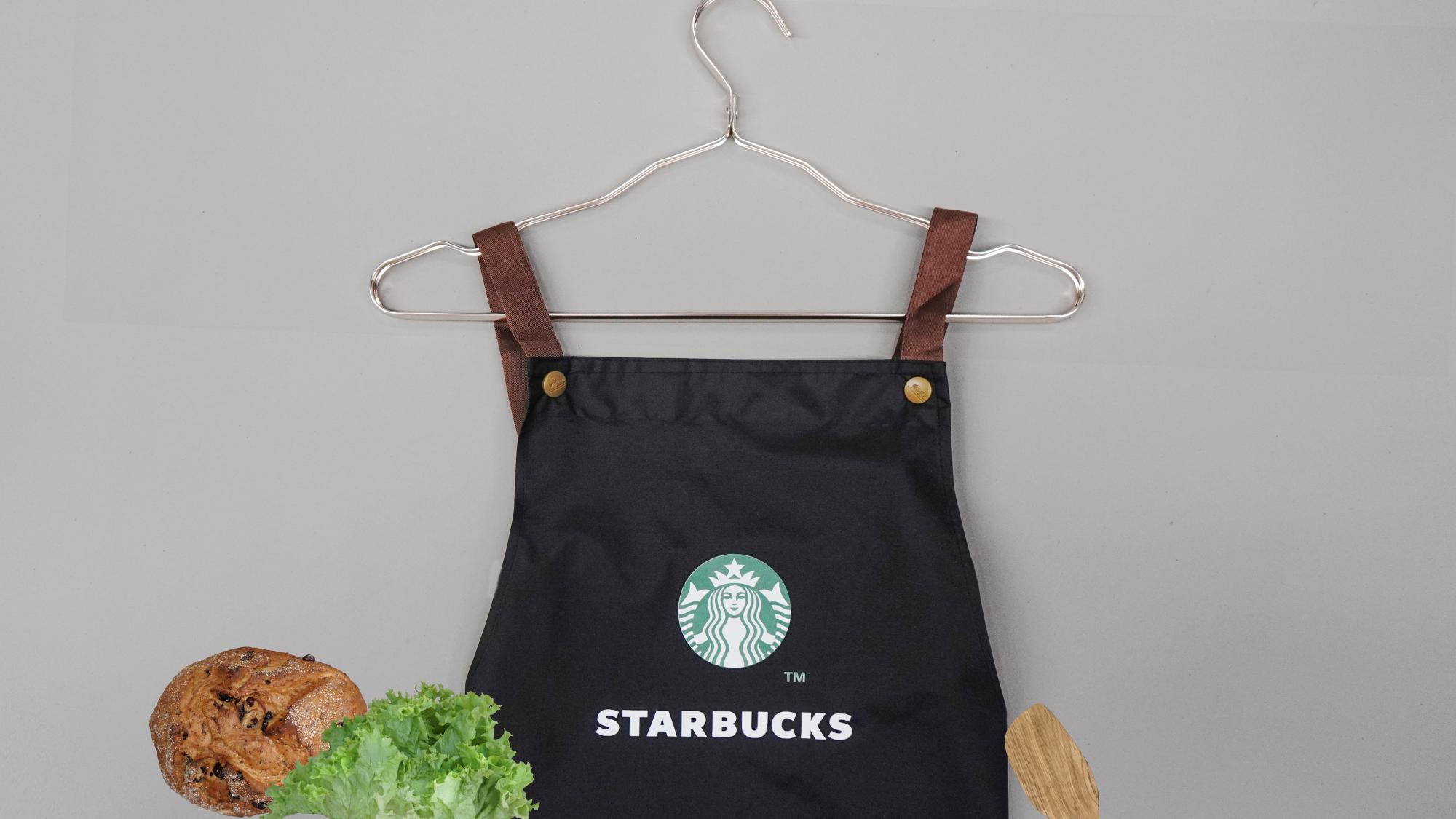10
Jan
Learn all about 2025 DTF trends, innovations, growth, and challenges in this article!

Direct-to-film (DTF) printing has emerged as a revolution in the textile and customization sector. The technology is already in use as we approach 2025, and it is growing and changing to meet market demands and trends. For a businessperson or an enthusiast in DTF, it is important to understand the trends that will define the market in the future.
In this article, we’ll cover the top 2025 DTF trends, from market innovations and opportunities to challenges for this industry.

One of the hallmarks of the DTF printing industry is its continuous innovation.
New inks are being developed for better vibrancy, adhesion, and durability. These will not only enhance the quality of prints but also the environmental-friendliness of the products. Eco-friendly and bio-soluble products such as water-based inks are also gaining popularity as companies wanting to cut down on their emissions are opting for them.
The convergence of technology is easing the way the process of DTF is carried out. From the film transport mechanism to print quality examinations, automation is a welcome idea as it eliminates the human factor that slows growth.
With printhead innovations, printers are printing faster without compromising quality. This is especially good for high-volume production where time is of the essence.
Modern DTF printers have advanced software that allows users to customize prints, optimize layouts, and match colors. These are user-friendly and help businesses to meet client requirements.
The DTF printing market is expected to grow exponentially in 2025 due to:
DTF printing with its ability to print intricate designs and vibrant colors is perfect for this segment because personalized merchandise like T-shirts, bags, and hoodies are in high demand.
Small and medium businesses are investing in DTF technology because it’s affordable and easy to use. This is opening up new markets and demographics for the industry.
As consumers look more and more for eco-friendly products, businesses are turning to green printing. DTF technology with its water-based ink and energy-efficient advancements is positioning itself as a prominent green option in the printing world.
Asia, Africa, and South America emerging markets are adopting DTF printing as equipment costs are decreasing and technology is becoming more accessible. This is driving the global growth of the industry.
While apparel is the main focus of DTF printing, 2025 will see its use in other areas:
From cushions to curtains, DTF is quickly moving into home décor. It can print vibrant and durable prints on any fabric.
Companies use DTF for branded merchandise, uniforms, tote bags, and promotional items. The ability to print logos and brand colors with precision is why DTF is a business favorite.
Artists and designers use DTF to print on unusual surfaces, leather, and synthetic fabrics.

While it has many benefits, DTF isn’t without its drawbacks. We need to address these:
While eco-friendly inks are being developed, plastic-based transfer films are a sustainability issue. Biodegradable films may be the answer in the future.
Operating DTF printers and getting good results requires special skills. Training and education programs are needed to fill this gap.
While DTF is becoming more affordable, the initial investment is still a hurdle for some businesses. Using other forms of financing or different leasing solutions might make it easier for many people.
There is an important need to look at DTF printers receiving constant maintenance and care to function properly. To maximize the life of a particular machine, the management of the business has to dedicate ample time, effort, and resources to maintenance costs.

Beyond 2025, here are some innovations to look out for:
Printers with IoT will allow remote monitoring, predictive maintenance, and seamless connectivity.
Breakthroughs in color profiling will enable printers to achieve colors never seen before, for industries that require precise branding.
DTF when used alongside other technologies such as sublimation or embroidery will create new opportunities for designing and application.
As DTF printing grows education and training will be key to its success and adoption. Training programs to enhance skills in operating DTF printers, color management, and maintenance are essential.
Interactive workshops and seminars are becoming more common, providing hands-on experience to individuals. Such events may comprise demonstrations by players in the industry.
E-learning platforms are also stepping up to the plate with courses on DTF technology. With modules from beginner to advanced these platforms are making it easier for people worldwide to learn and adapt.
Education is not just about teaching current practices but also about innovation. Students and professionals in institutions and organizations are being challenged to explore the capabilities of DTF. This is key to moving the industry forward.
The DTF printing industry looks exciting as it innovates, grows, and addresses the challenges. From advanced inks and automation to customization demand, the 2025 trends show how dynamic DTF is. Scientific advancements are helping this sector in overcoming the environmental challenges it faces.
Whether you are a businessman, a designer, or just a lover of these technologies, it will be useful to know these trends to get the maximum benefit from DTF. These trends will, to a large extent, define the future of this industry: cooperation, new technologies, and environmental responsibility. Good Luck!
If there's anything we can do to further showcase machines' features, please let us know.
Email: sale@fedar.net
Whatsapp: http://wa.me/8615515715397
Our company has over 30 models of printers with independent intellectual property rights and patents. Marketed under the esteemed brands of Skycolor, Stormjet, and Fedar brands, these printers cover a wide range, including digital textile printers, UV printers, eco-solvent printers and more. Known for their exceptional quality and performance.
